I remember the BJT transistor circuits are designed to compensate for the fact that the parameters of the transistor change with the temperature. I could not find similar ready-to-use solutions for the IGBT. My circuit should work in the switch mode (on/off). The input signal will be applied to the gate. Here its DC model (and the transformer for illustration):

I know I have to adjust R1 to bias the gate voltage so the IGBT reacts to a small signal. Here's what gives me the pause. The specs for the transistor indicate that the bias voltage should be about +6.5 V at room temperature, but this voltage is too much for higher temperatures:

In fact the relation is such that I will have a thermal runaway: the greater the temperature, the greater the average collector current which in turn increases the temperature, and so on. I expect the collector current to be quite high: 10 A or more (peak value). What is the easiest solution to compensate for the temperature drift of the transistor?
I am not sure what the purpose of R3 is; it is a leftover from the original design. Maybe I can get what I need by adding a capacitor in parallel to it?
Here's the datasheet for the particular IGBT I am using: Datasheet PDF.
Thank you so much in advance.